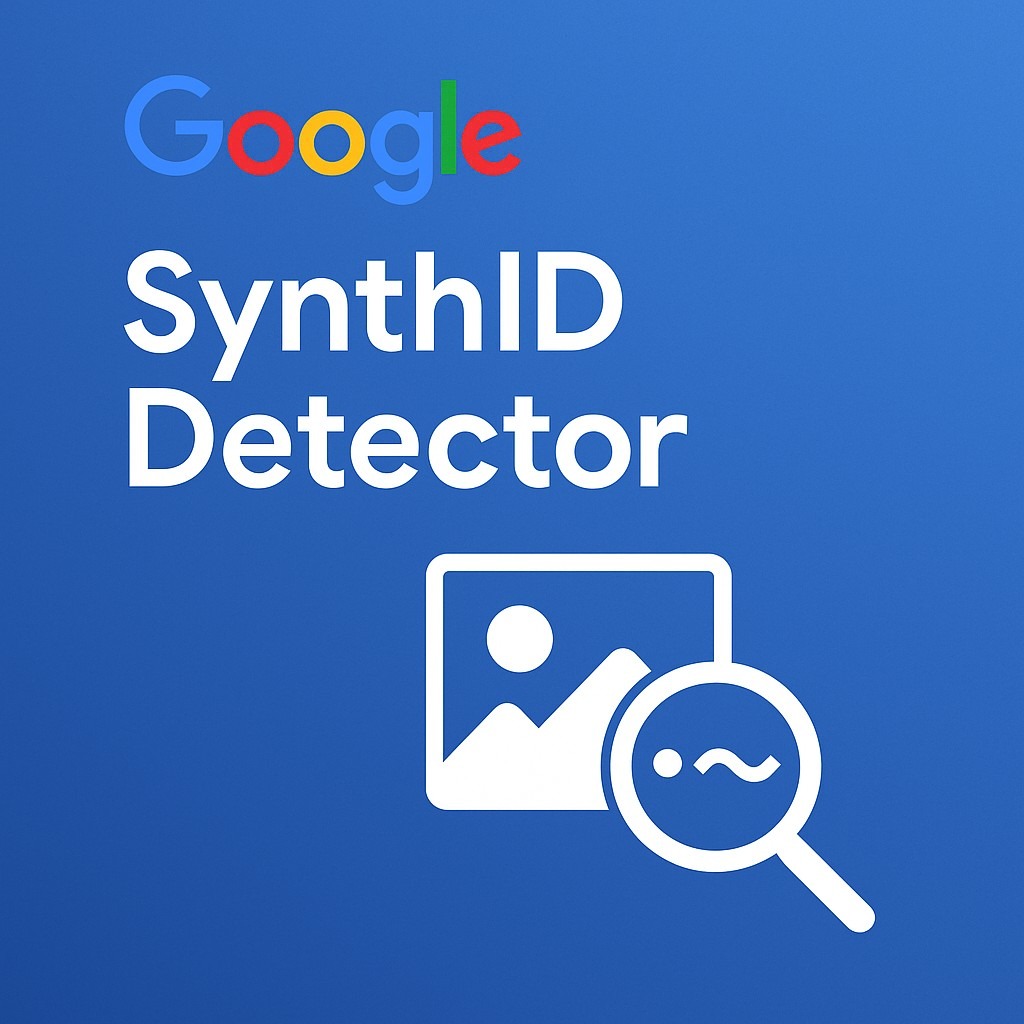Google’s SynthID Detector is here! The rise of generative AI has sparked both innovation and concern. While tools like ChatGPT, DALL·E, and others empower creativity, they also create new risks. One major concern is misinformation. Deepfakes and AI-generated media can easily deceive audiences if they go undetected.
To address this issue, Google unveiled SynthID Detector during its I/O 2025 developer conference. This groundbreaking tool is designed to help identify content created using Google’s AI models. It represents a big step forward in ensuring transparency in digital content.
What Is SynthID Detector?
SynthID Detector is part of Google DeepMind’s suite of tools. It allows users to upload media and determine if it was AI-generated. More importantly, it can detect specific segments of an image or audio clip that were generated by Google’s AI tools.
This tool enhances transparency by giving users clarity. They no longer have to guess whether a piece of content is real or synthetic. As misinformation tactics grow more sophisticated, such tools become increasingly vital.
You can read more about the tool’s functionality and goals in this article by Times of India.
How SynthID Works
Unlike reverse image search, SynthID relies on digital watermarking. Google’s AI models embed an invisible watermark when generating content. SynthID Detector scans for these signals without affecting quality or resolution.
Even if an image is cropped, resized, or slightly altered, SynthID can still detect it. This makes the tool especially effective. Many content creators modify images to evade detection. SynthID addresses this loophole.
Why This Matters Now
Misinformation is not just a theoretical risk. It affects elections, public health and personal reputations. With the 2024 U.S. elections and global geopolitical tensions, fake content can spread faster than ever.
Until now, most detection relied on manual analysis or machine learning guesswork. But SynthID offers a more reliable method. It gives platforms and users a way to verify content at scale.
This move also aligns with global calls for responsible AI development. Tech companies are under pressure to improve transparency. Google is stepping up, and others may follow.

Limitations and Considerations
However, SynthID has limitations. It only works with media generated by Google’s AI tools. That leaves out content from other platforms like OpenAI, Meta, or Midjourney.
Also, watermarking doesn’t prevent content misuse. It only makes detection possible after the fact. In fast-moving news cycles, that might not be enough.
Still, it’s a step in the right direction. Google has promised to expand SynthID to cover more file types and AI models in the future.
Final Thoughts
Google’s SynthID Detector represents a significant milestone in digital media verification. It’s not a perfect solution, but it’s a necessary one.
As generative AI becomes more common, the tools to verify authenticity must evolve too. SynthID sets the stage for a future where AI and trust can coexist.


